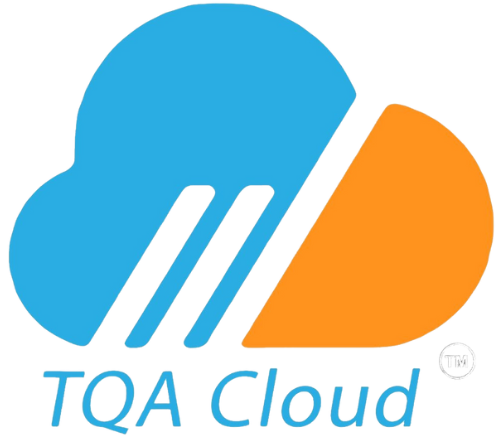What Should My Quality Management System Have?
Crafting a Competent QMS: Essential Components for Robust Quality Management
The voyage towards robust quality management demands a holistic, well-structured Quality Management System (QMS). A pivotal asset for organizations across various sectors, a QMS is not merely a compliance requisite but a strategic framework that orchestrates consistent quality and continuous improvement.
A compelling QMS is founded upon the integration and synergy of several essential components, each playing a crucial role in shaping organizational processes, culture, and output. These encompass clear policies, well-defined processes, documented information, and mechanisms for continuous improvement and compliance verification.
Policy and Objective Formulation: Begin with articulating clear, coherent quality policies and objectives that are aligned with the organizational strategy and customer expectations. These guide the actions and decisions within the QMS.
Process Design and Management: Establish and manage processes that are aligned with your quality objectives, ensuring they are structured to deliver consistent, compliant outputs. This involves identifying process inputs, outputs, sequences, and interactions.
Documented Information: Ensure comprehensive documentation of processes, policies, and procedures, facilitating consistency, traceability, and knowledge management within the QMS.
Roles and Responsibilities: Clearly delineate roles, responsibilities, and authorities within the QMS to ensure accountability, efficient task management, and alignment with quality objectives.
Risk-Based Thinking: Implement risk management across all aspects of the QMS, ensuring potential challenges are identified, assessed, and mitigated effectively to safeguard quality.
Performance Measurement and Monitoring: Utilize relevant metrics and tools to monitor, measure, and analyze process and quality performance, ensuring alignment with quality objectives and policies.
Continuous Improvement: Adopt a mindset and mechanisms for continual improvement, ensuring the QMS evolves and adapts to changing internal and external contexts and insights gained from performance data.
Compliance Verification: Establish internal audit and management review processes to validate QMS compliance and efficacy, driving timely improvements and ensuring sustained alignment with quality standards and objectives.
Customer Focus: Ensure all aspects of the QMS are oriented towards understanding, meeting, and where possible, exceeding customer requirements and enhancing customer satisfaction.
Stepping towards an effective QMS is a strategic endeavor, merging organizational goals with quality principles to craft a framework that delivers consistency, compliance, and customer satisfaction. While the journey towards a robust QMS involves intricate planning, implementation, and management, the resultant framework becomes a bedrock upon which quality, compliance, and continual improvement are cultivated and sustained.
